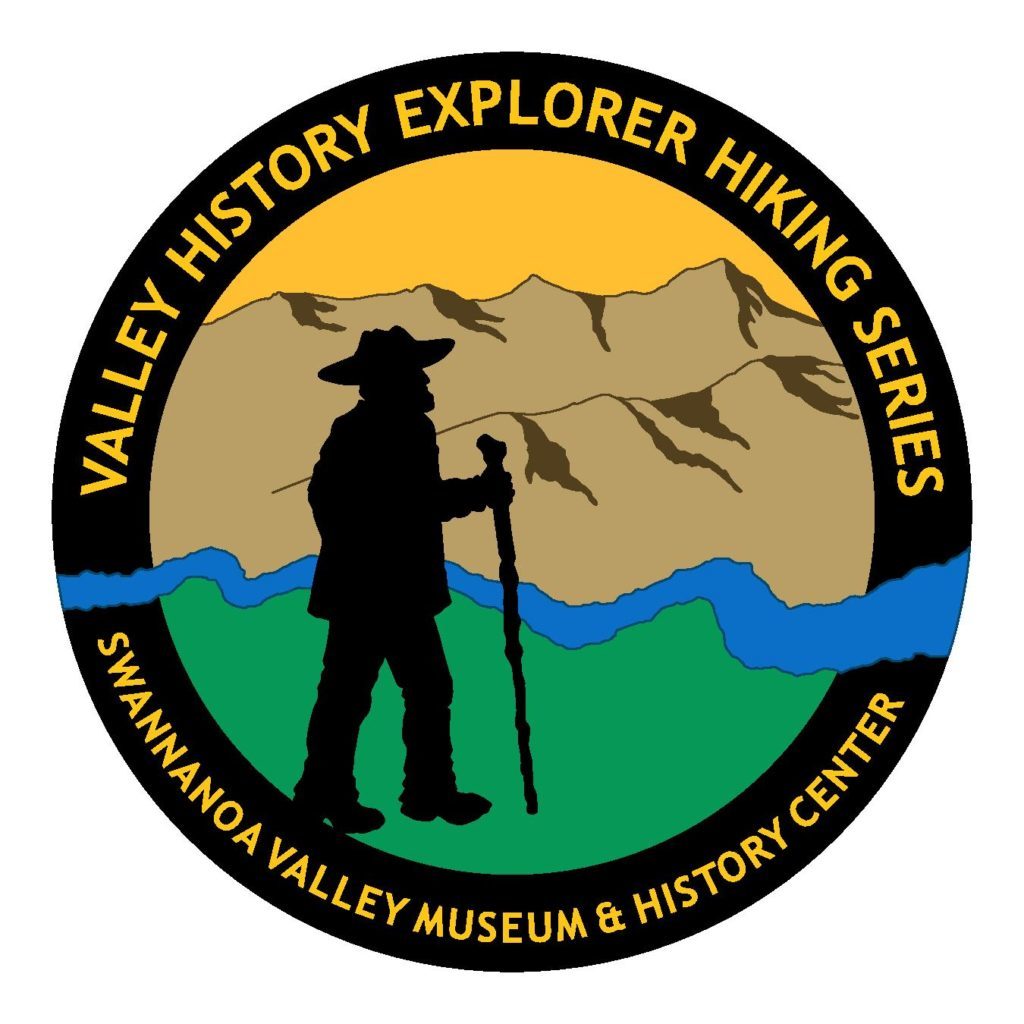
The Museum’s VALLEY HISTORY EXPLORER HIKING SERIES consists of 8 hikes to historic locations around the Swannanoa Valley, one in each of our communities. This series has been developed to introduce the significant history of the region to visitors and residents of the Swannanoa Valley through moderate hikes (up to 3 miles) to historic locations.
WINNER – Outstanding Achievement in Historic Preservation (Education Category), 2019
Preservation Society of Asheville and Buncombe County
Hikes will generally occur on the 2nd Saturday of each month at 9:00am and meet at the Museum. Each hiker will receive a punch card that serves as a log and validation of the completion of each hike.
**2025 series registration is sold out, but individual hikes can be purchased below.**
Hiker Resources:
2025 Schedule
Scroll down for full details on each hike
| Hike | Date |
| Valley History Explorer Hike #1 – Warren Wilson College | Saturday, March 8, 9:00AM – 1:00PM |
| Valley History Explorer Hike #2: Montreat (Hydroelectric Tour) | Saturday, April 5, 9:00AM – 1:00PM |
| Valley History Explorer Hike #3: Swannanoa (Davidson Grave & Alexander Farm Ruins) | Saturday, May 10, 9:00AM- 1:00PM |
| Valley History Explorer Hike #4: Black Mountain (In the Oaks) | Saturday, June 14, 9:00AM – 12:30PM |
| Valley History Explorer Hike #5: Ridgecrest | Saturday, July 12, 9:00AM – 12:30PM |
| Valley History Explorer Series Hike #6: Riceville (Rattlesnake Lodge) | Saturday, August 16, 9:00AM – 12:30PM |
| Valley History Explorer Series Hike #7: Leaders Choice (Kitsuma) | Saturday, September 13, 9:00AM – 12:30PM |
| Valley History Explorer Hike #8: North Fork (Driving Tour) | Saturday, October 11, 9:00AM – 1:00PM |
Hike Details
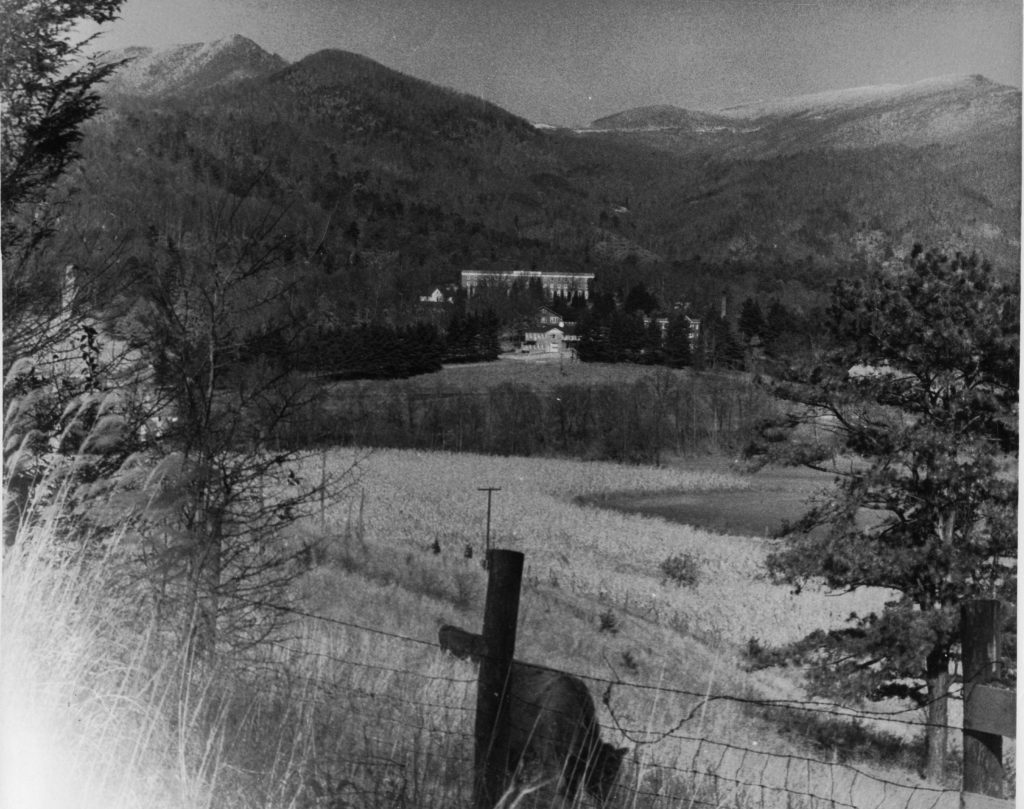
Saturday, March 8 @ 9:00AM – 1:00PM
VHE #1 – Warren Wilson College
Dr. David Moore, former Archaeology Professor and Director of the Cherokee Archaeology Field School for Warren Wilson College will lead us on a tour of central campus, the farm, and the garden. We will also learn about the indigenous people who first inhabited the land. Dr. Moore has directed the excavation and preservation of the site of the former Cherokee Site on the Warren Wilson Campus and the Berry Site (the location of the Cherokee Settlement Joara and the Spanish Fort San Juan dating to the 1560’s) near Morganton. This is an incredible opportunity to learn about the history of the college and the indigenous people that inhabited its lands.
Difficulty: Easy/Moderate, 2 miles
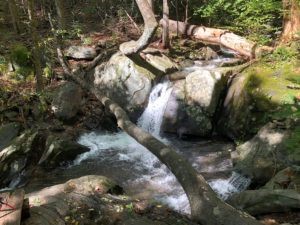
Saturday, April 5 @ 9:00AM – 1:00PM
Valley History Explorer Hike #2: Montreat (Hydroelectric Tour)
This hike focuses on the history of Montreat, which was founded in 1897 by Rev. John Collins. The remnants of the Montreat hydroelectric facilities that were constructed in 1913 and in use until 1947 are visible on this moderate, 2.5-mile hike.
Difficulty:Moderate, 2.5 miles
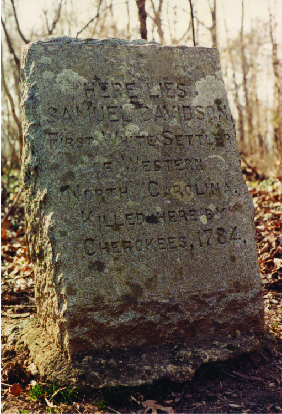
Saturday, May 10 @ 9:00AM- 1:00PM
Valley History Explorer Hike #3: Swannanoa (Davidson Grave & Alexander Farm Ruins)
This hike will take hikers to see the grave of one the first European settlers west of the Blue Ridge – Samuel Davidson (located on private property), who was killed by Native Americans shortly after moving with his family and an enslaved woman, Liza, to the area in 1784. The hike will continue to the ruins of Alexander Farm, an early boarding house run by Davidson’s descendants.
Difficulty:Moderate, 2 miles
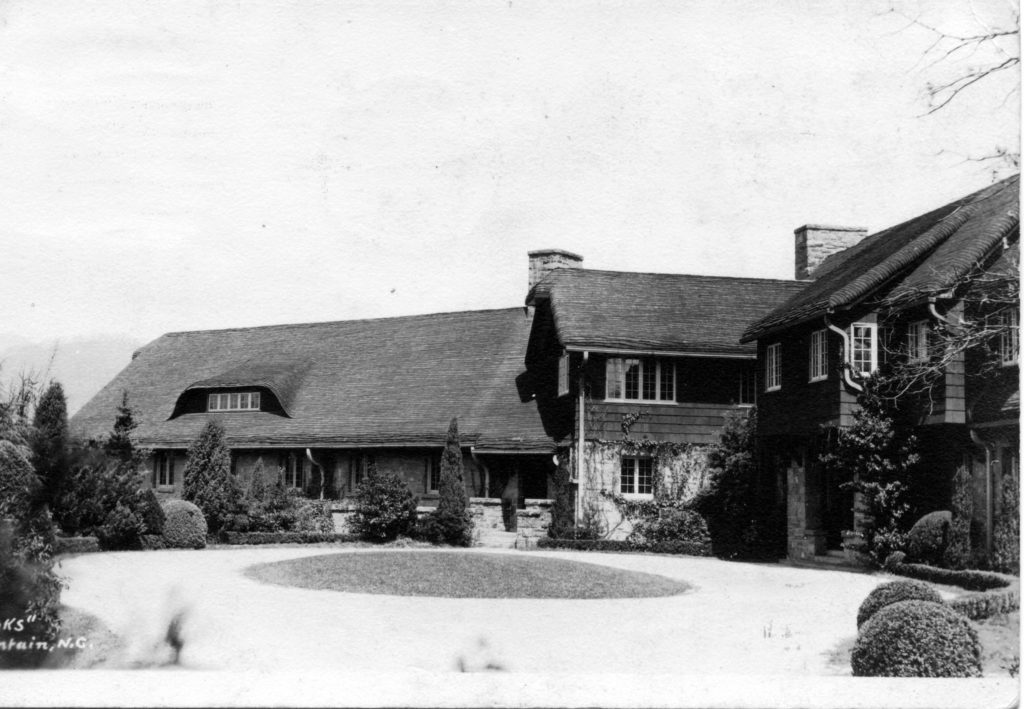
Saturday, June 14 @ 9:00AM – 12:30PM
Valley History Explorer Hike #4: Black Mountain (In the Oaks)
Join us for a historic tour of the Montreat College Athletic Campus, the former site on In-the-Oaks. We will take a short tour through the house and then walk the grounds of the former Terry Estate located on 89 wooded acres within the town of Black Mountain. Hike leader, Alan Edwards, will share the history of the Terry’s and how they came to build In-the-Oaks, the selling of the property to the Episcopal Diocese of Western North Carolina, the second owners of the property and organizers of Camp Henry, up to Montreat College’s acquisition of the estate in 2001.
Difficulty:Moderate, 2 miles
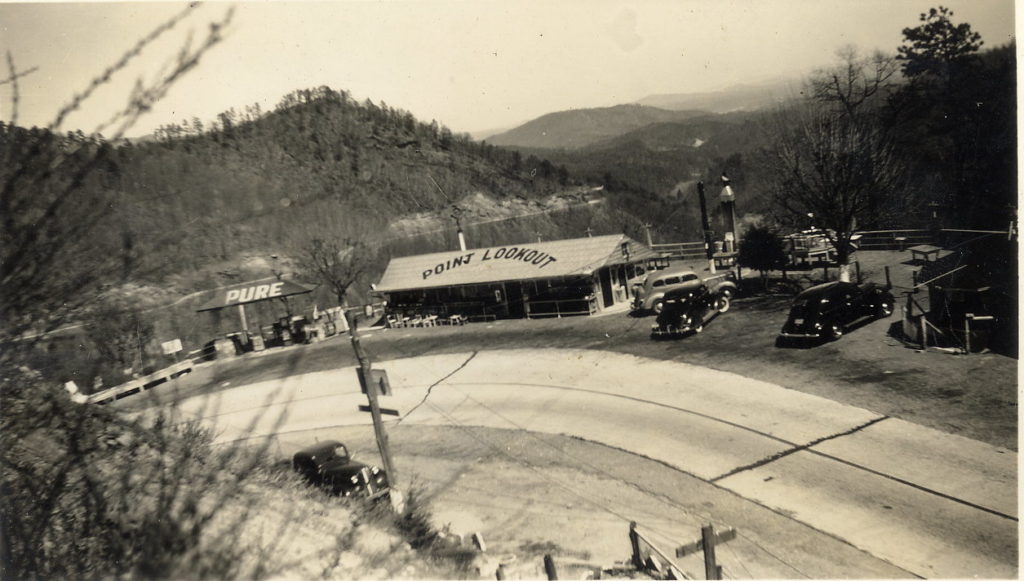
Saturday, July 12 @ 9:00AM – 12:30PM
Valley History Explorer Hike #5: Ridgecrest (Point Lookout)
The moderate, 3-mile Ridgecrest hike will take hikers on the Point Lookout Trail to a viewpoint overlooking the valley. Point Lookout was a popular stopping point and overlook on old U.S. 70. It was founded in the 1920s and in its heyday featured an observation platform and a restaurant. Point Lookout also overlooks Royal Gorge through which Native Americans and early settlers traveled across the mountains.
Difficulty:Moderate, 3 miles
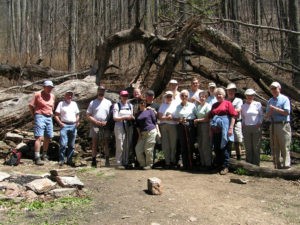
Saturday, August 16 @ 9:00AM – 12:30PM
Valley History Explorer Series Hike #6: Riceville (Rattlesnake Lodge)
Hikers will first stop at Bull Creek Valley Overlook, overlooking the Riceville valley, to learn about the history of the community, named after Joseph Marion Rice, who settled in the region in the 1780s. From the Tanbark Ridge Tunnel, hikers will travel up to the ruins of Rattlesnake Lodge. In 1903, Dr. Chase Ambler, realizing the health benefits of the mountains, commenced construction of a summer home for his growing family. Remembered as one of the most unique summer residences in Western North Carolina, Rattlesnake Lodge also boasted stables, tennis courts, and a pool.
Difficulty: Moderate, 2.5 miles
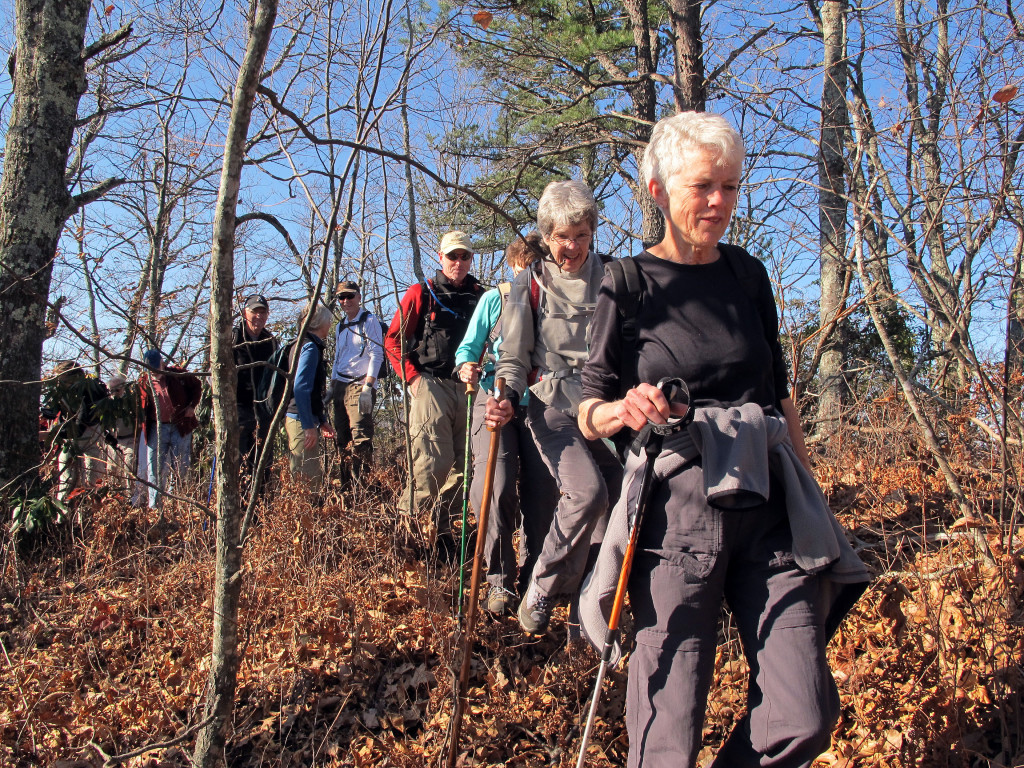
Saturday, September 13 @ 9:00AM – 12:30PM
Valley History Explorer Hike #7: Kitsuma
This hike will follow the Kitsuma Trail to a viewpoint boasting sweeping vistas of the Swannanoa Valley, including a breathtaking view of Mt. Mitchell, which is visible on clear days. Today, Ridgecrest is best known as the home of the Lifeway Ridgecrest Conference Center. The conference center was first founded as the Southern Baptist Assembly by Dr. Bernard Washington Spilman in 1907. The center is marked by a large white cross, which is visible as drivers heading west on I-40 crest the top of the Blue Ridge on their way up from Old Fort.
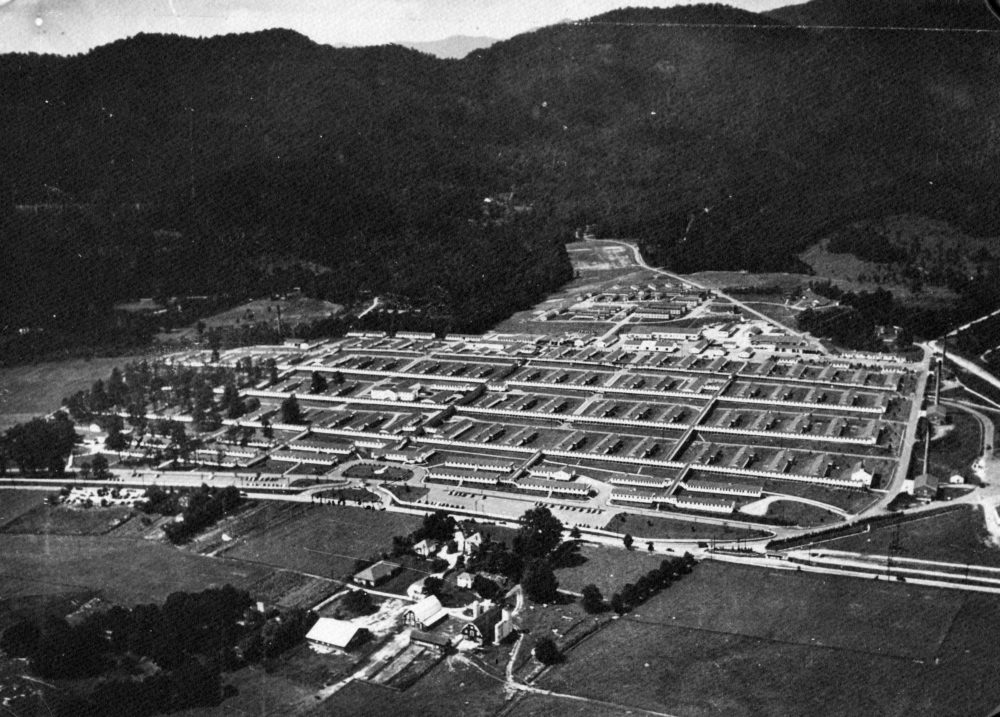
Saturday, October 11 @ 9:00AM – 1:00PM
Valley History Explorer Hike #8: North Fork (Driving Tour)
This event will be structured as a stop-and-go tour of the North Fork area. Attendees will visit several prominent historic sites and enjoy talks from local historians and descendants of North Fork families. Speakers will explore the development of the North Fork community, homesteads and prominent people, and influential historic institutions including Moore General Hospital, Black Mountain College, and the Asheville Watershed.
Additional Information
Though individual hikes may change annually, a hike will take place in all of the following Swannanoa Valley communities:
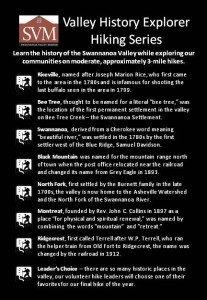
Riceville, named after Joseph Marion Rice, who first came to the area in the 1780s and is infamous for shooting the last buffalo seen in the area in 1799.
Montreat, founded by Rev. John C. Collins in 1897 as a place “for physical and spiritual renewal,” was named by combining the words “mountain” and “retreat.”
Swannanoa, derived from a Cherokee word meaning “beautiful river,” was settled in the 1780s by the first settler west of the Blue Ridge, Samuel Davidson.
Black Mountain was named for the mountain range north of town when the post office relocated near the railroad and changed its name from Grey Eagle in 1893.
Bee Tree, thought to be named for a literal “bee tree,” was the location of the first permanent settlement in the valley on Bee Tree Creek – the Swannanoa Settlement.
Ridgecrest, first called Terrell after W.P. Terrell, who ran the helper train from Old Fort to Ridgecrest, the name was changed by the railroad in 1912.
North Fork, first settled by the Burnett family in the late 1700s, the valley is now home to the Asheville Watershed and the North Fork of the Swannanoa River.
Leader’s Choice, There are so many historic places in our valley, our volunteer hike leaders will choose one of their favorites for our final hike of the series.
To complete the series and receive a finisher fleece, you must complete one hike in each community.
Pet Policy: Pets (except service animals) are not allowed on any of our hikes or events.
Important Hiking Policies:
- The museum will not make accommodations for individual makeup hikes or credit done on individual hikes. Credit will only be given for scheduled group hikes.
- Those who are unable to attend on the planned day will have succeeding years to complete their hikes.
- If the Museum cancels a hike (due to weather, etc.) a makeup date will be announced. We will try to reschedule the hike for the following Saturday if possible.
- Hikers are expected to start and complete each hike with the group on the scheduled hike day.
- The purpose of the hike series is not only to physically cover the territory but to interpret history, point out landmarks, etc. in a safe and professional way. Our hiking policies allow us to do this successfully.
Series Scholarship:
We do our hikes and other events as fundraisers for the Museum, and they – along with the memberships that they bring in – account for about half of our budget. So while we cannot offer our hikes for free, we do want to make sure that they can be accessible to all who would like to do them. That’s why every year we offer a full series scholarship. Anyone is invited to apply for the scholarship, but keep in mind that these hike require a time commitment. To apply, please email the following to the Museum at svmhikes@gmail.com:
- Name
- Address
- Phone Number
- A 500 word essay explaining why you want to do the hike program and how the scholarship would help you participate.
The scholarship includes a one year family membership to the Swannanoa Valley Museum.
Thank you for hiking with us!